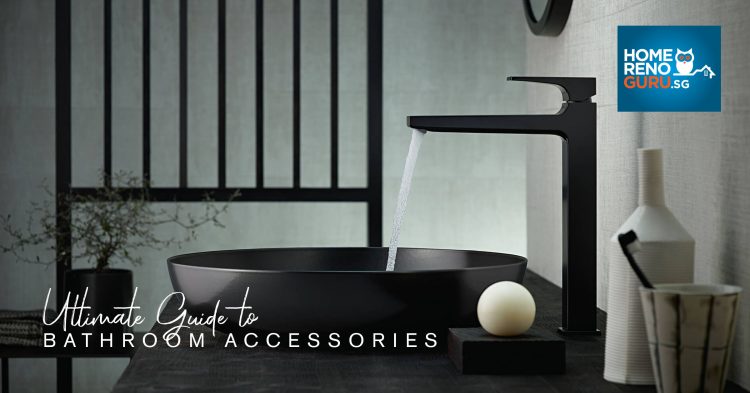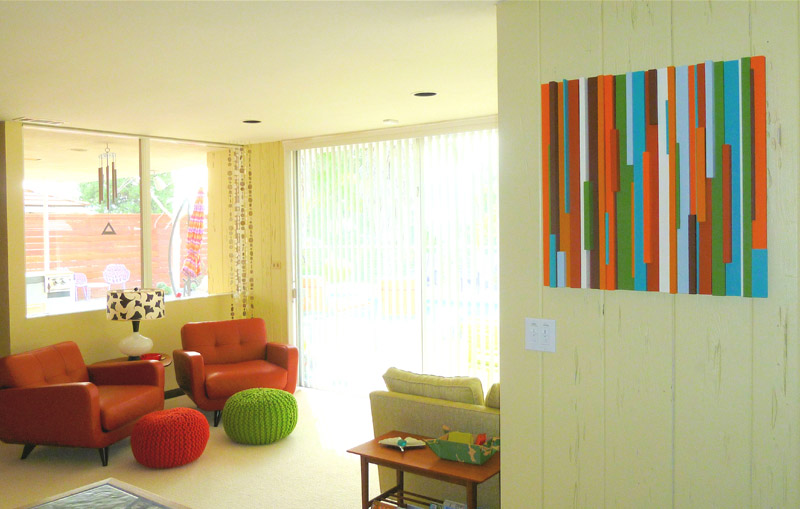
Art is a potent and immediate form of expression.
Through the paintings, photographs, and sculptures we display, we communicate volumes about ourselves. Artwork channels the “flavour” and personality of its owners, making their homes unforgettable. Artwork also adds visual and emotional depth to a room, and provides accent through different colours.
Creating Sense of Bigger Room
When altering the visual size of the room, pick art with the appropriate level of detail. A small room can be “widened” by a panoramic landscape image, something with a far horizon. Alternatively, position artwork right next to a mirror. The reflected image will seem to extend or complete the work, without needing the actual space required to. This will also create the sense of a bigger room.
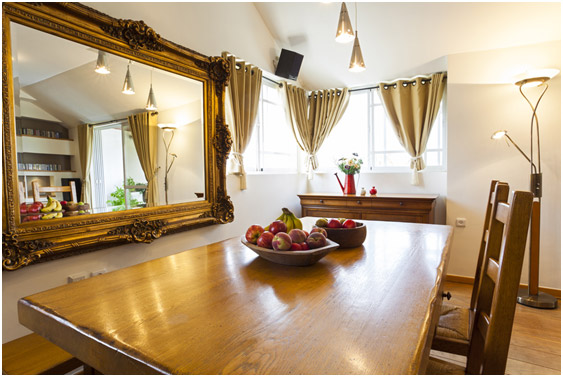
Dmitry Pistrov/Shutterstock
Creating Sense of Cosiness
If the aim is to make a room feel cosy, try using floral patterns. Organic images are usually warmer, and can offset the straight lines of modern furniture. Red, orange, gold, or wood tones are good for creating warmth. Look for paintings that use them as dominant colours.
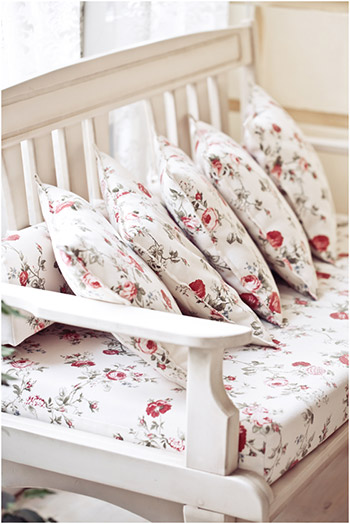
KryvenokAnastasiia/Shutterstockgyy677y yb7 h
Enhancing Focal Point
Artwork can be a focal point, or be used to enhance one. If your focal point is a bed or a fireplace, you could draw attention to it by hanging a painting near them. Try to pick something with related subject matter; a painting of a dream would be great near a bed, or a winter scene near the fireplace. If you have the ubiquitous bowl of fruit or banquet painting, they are great for kitchens. For outdoor areas, sculptures can add elegance or whimsy to a garden.
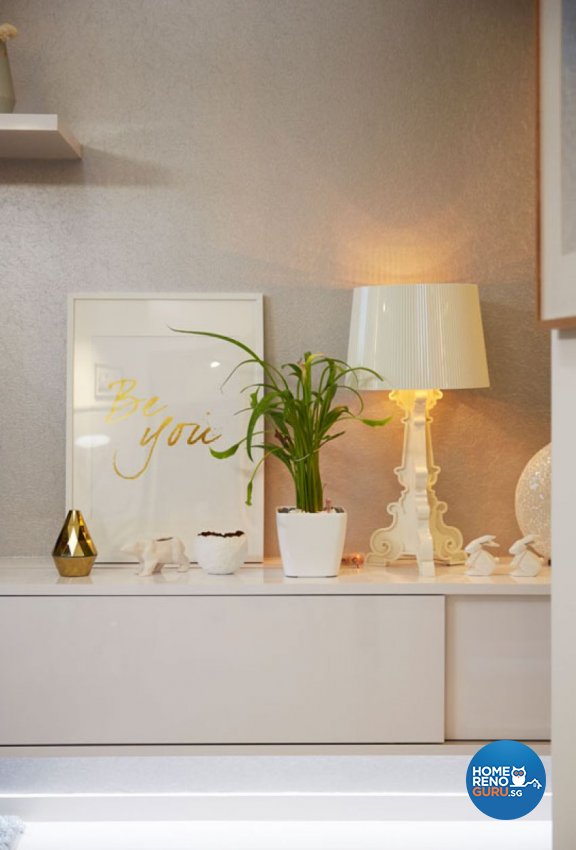
Modern Design By Carpenters Design Group
Common Mistakes
If you use abstract art, be sure to keep it in tune with the surroundings. Most of the time, abstract art doesn’t go well with antique furniture; the contrast is too stark. Traditional art tends to be more versatile. However, you may want to avoid using too many prints of famous pictures (e.g. copies of the Mona Lisa or the Sistine Chapel). Too much of that can make a room seem contrived. Always prefer original pieces; they are more personalised.
A common mistake with art is to hang it too high. This diminishes the impact of the piece. Art should be hung at eye level whenever possible. This is approximately 60 – 65 inches from the floor to the centre of the piece. If it’s being hung over furniture, such as a sofa, the centre of the piece should be around 9 inches from the top of the furniture. For best effect, consider if the room is a sitting or standing room. In a place like a hallway (standing), you will want to keep close to 65 inches. In a place like the living room (sitting), keep it closer to 60 inches.
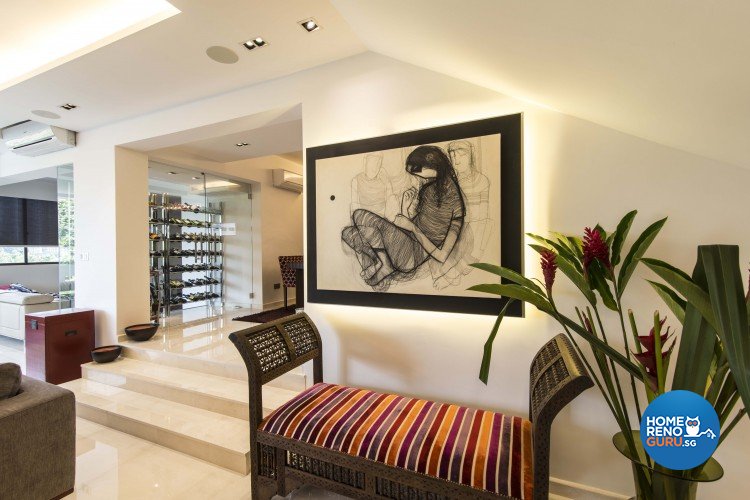
One Chatsworth by Concept Living Pte Ltd
Simple Guidelines to Hang Paintings
A series of paintings don’t have to be hung in a straight line, nor do they need to be the same size. You can hang paintings in clusters, treating the whole group as a single unit. Some simple guidelines for doing this:
– The widest frames go at the top. The “top” of the entire cluster should be a level, horizontal line.
– The narrower, longer frames go below. If there is a “bulge” in the cluster’s shape, move the bulge toward the middle. Don’t put all the “weight” to one side of the cluster.
– From top to bottom, the cluster’s frames should be organized along straight, vertical lines. This is less vital than the horizontal alignment. The human eye is picky about horizontal lines, and less so about verticals.
– If the pictures themselves have horizons, consider aligning the depicted horizons in a straight line, instead of the frames. This looks great, especially with landscape images.
——–
Cover photo courtesy of interiordesignarticle.com






